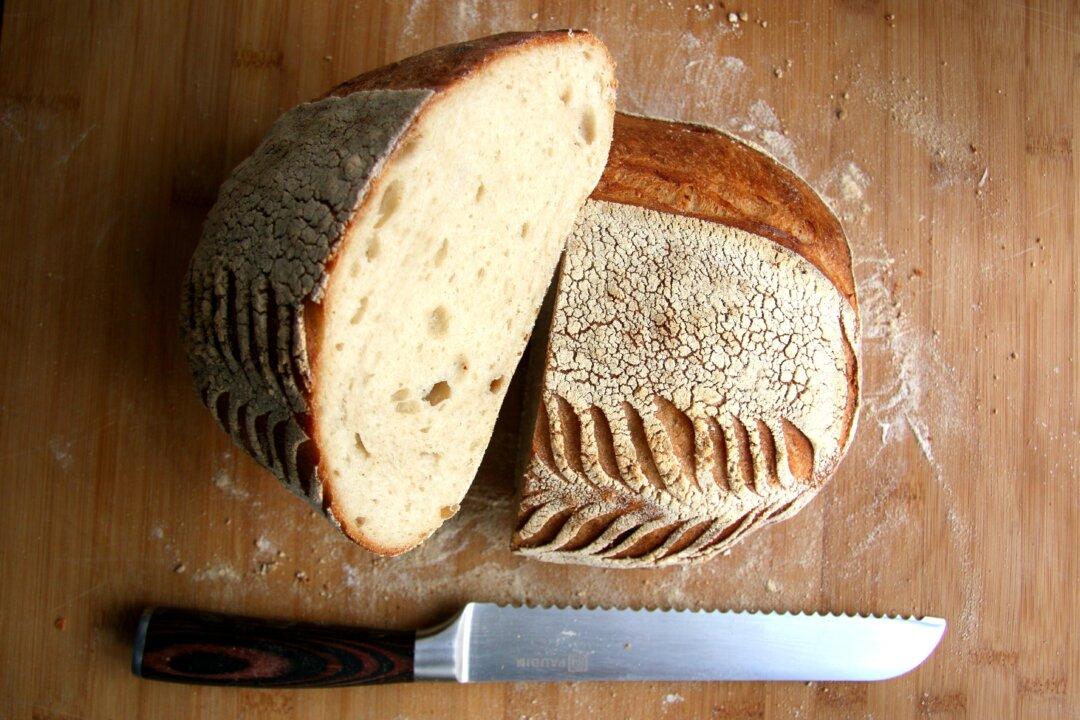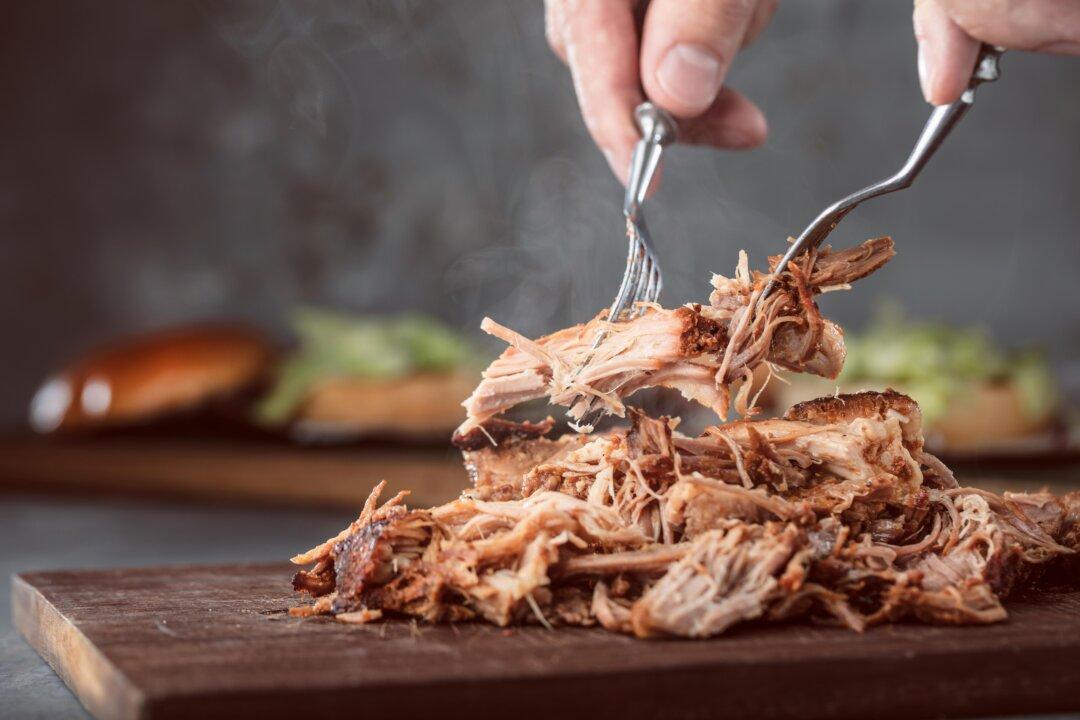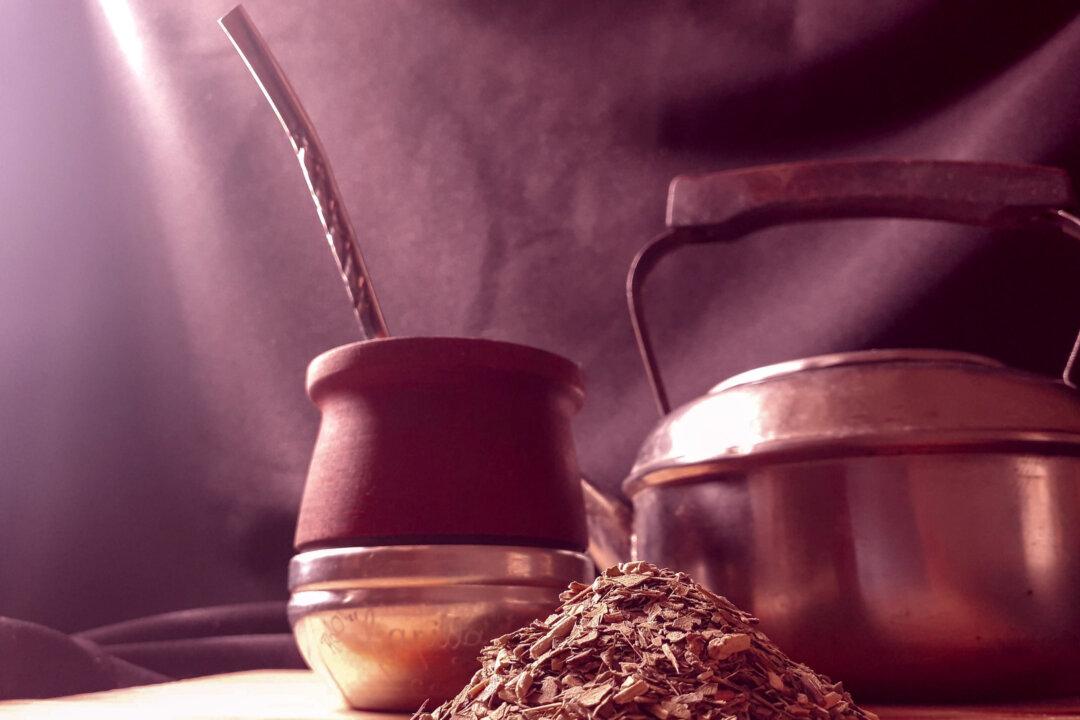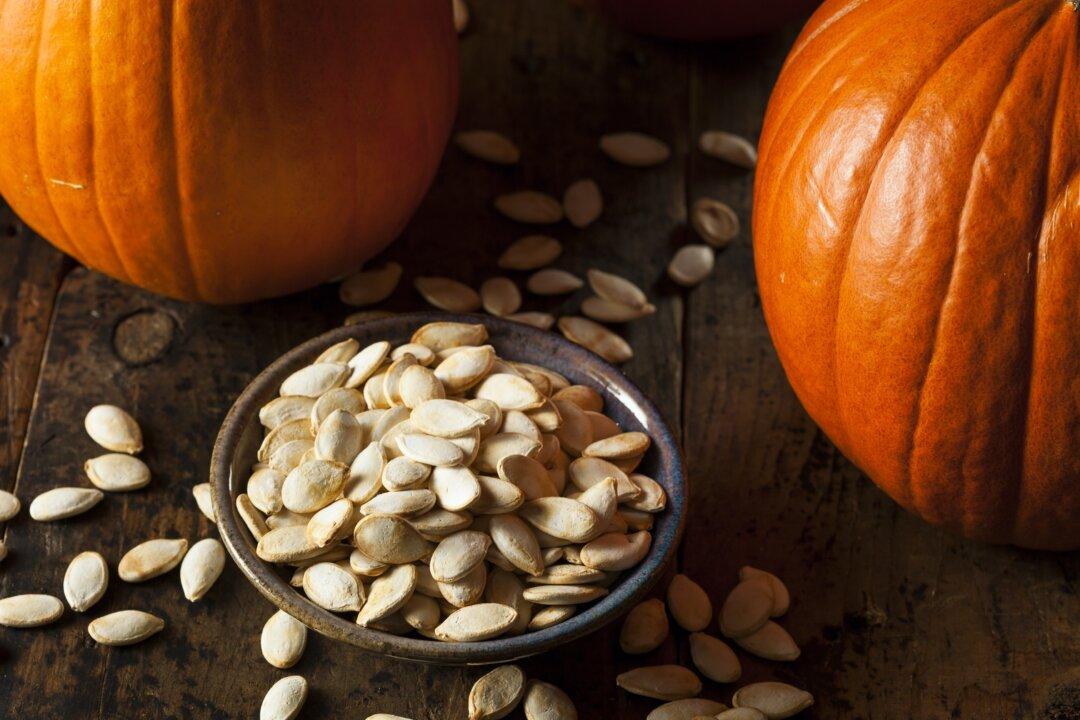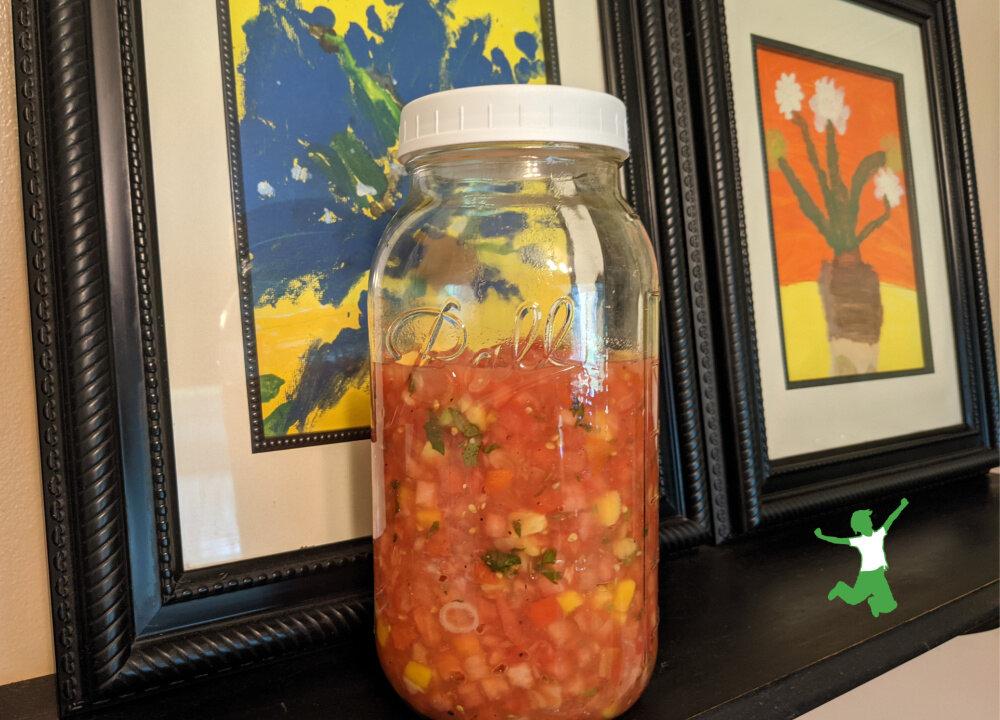I am so excited to add this amazing recipe for no knead einkorn sourdough bread to the catalog of nearly 400+ Real Food recipes (including 16 bread recipes) on this blog!
This authentic, yeast free sourdough creation comes from Carla Bartolucci, one of the world’s foremost experts in the cultivation and traditional preparation of einkorn, the only nonhybridized form of wheat on Planet Earth. For many (non-genetically) gluten intolerant people, this is the only wheat they can eat and enjoy without symptoms.

